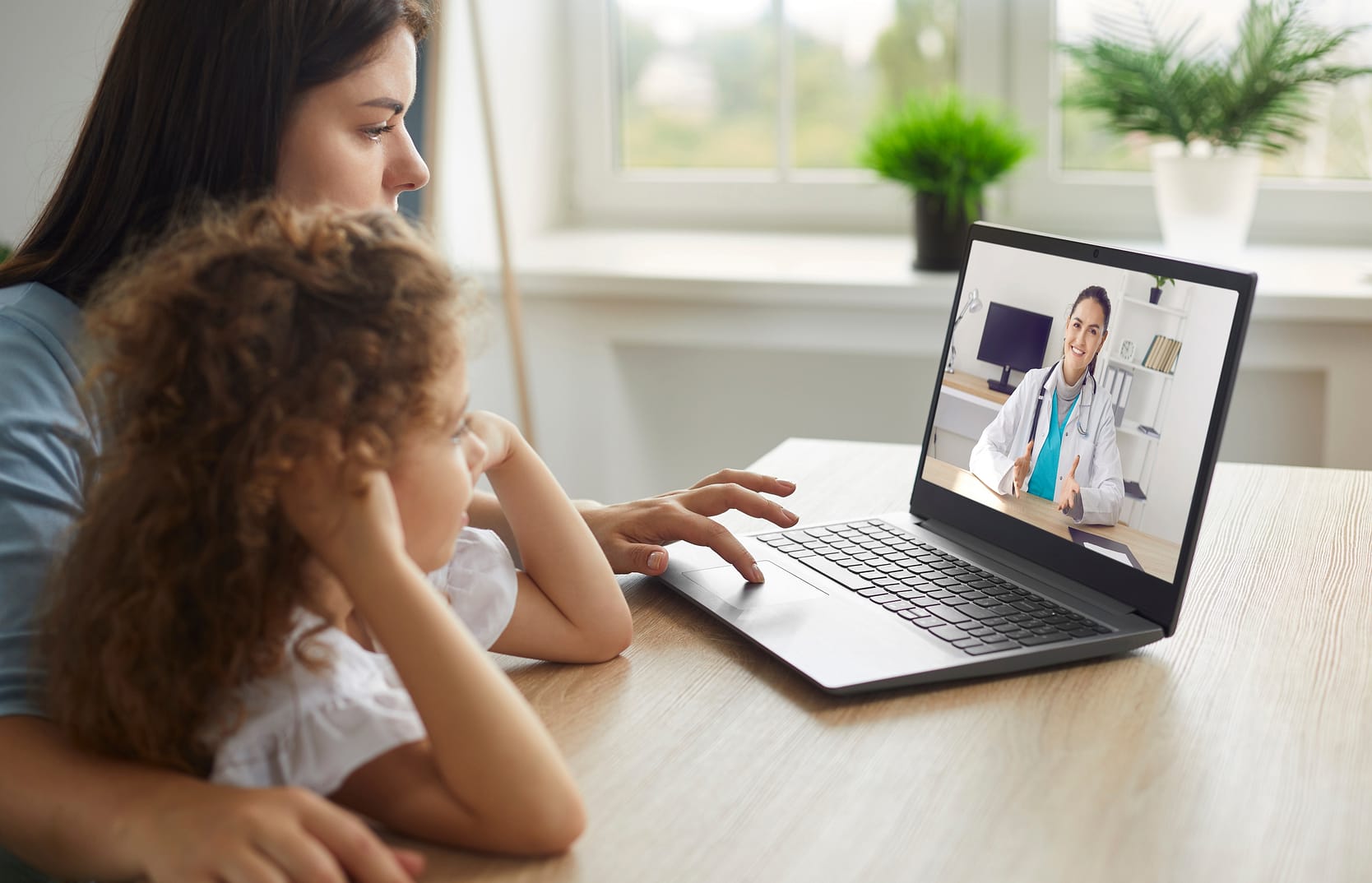Within the process of patient care, a very important and sometimes overlooked contributor to success is the level of involvement of the individual patient. Though their participation may seem given, the varying degree to which a patient is involved in their own care can heavily influence their outcome. For example, some patients may have little to no interest in changing their lifestyle or habits, despite the health benefits. Instead, they may rely solely on the work of the clinician(s) involved in their care. Lack of patient engagement may also present itself through a patient postponing or outright forgoing medical visits due to a busy schedule, or a lack of prioritization. Some patients also just lack the necessary knowledge or resources to enhance their care process. Regardless, the less a patient is engaged with his or her care, the greater the chance that preventable complications could occur.
Patient engagement is invaluable to providing expert care, as it ensures that care is maintained in all areas of the patient’s life, not just the brief time they spend with a doctor.
Working With Patients Remotely
For many, a visit to the doctor’s office may seem like the only way to get their health status checked. This may prove to limit their involvement in their own care, and limit their ability to improve their wellbeing. This can be caused by a lack of appropriate travel accommodations, a lack of time to commit to a check-up, or inhibitions due to geographical distance. Additionally, the realities of the world may offer new problems. Depending on the political or financial situation of the region in which a patient lives, there may not be enough available doctors for regular visits, making scheduling difficult. Patient age may also inhibit one’s ability to regularly see a physician.
While not a perfect solution, remote patient management does offer many great features to overcome these obstacles. By providing the patient with the ability to receive simple procedural care, such as consultations and examinations through an application, they are able to fit medical care into their schedule more easily. This is possible anywhere where wifi & phone signals are available, allowing patient and clinician to connect virtually rather than in person. Mitigating problems associated with distance, travel, and scheduling allows a patient to increase their engagement with their own care. What may have otherwise been a low priority, can easily be worked into everyday schedules using remote patient management.
Technological Advantages of Remote Care
Patient knowledge can be a difficult metric to gauge when delivering care. Just as an illness in two patients can present with differing symptoms, their degree of health knowledge can be drastically different. This may be for a variety of reasons, though it should not be overlooked by a clinician. Educating patients rests at the forefront of patient engagement, and can have positive impacts at all levels of the care process. Despite this, the ability to provide patients with adequate and accessible resources does not have a universal method of delivery. For example, traditional paper resources can be bulky, easily misplaced, and often not accessible when needed.
Remote patient management, however, offers a solution to patient education that can mitigate many problems associated with traditional solutions. Applications, like aTouchAway, provide patients with the tools and resources they need within a single centralized location. Patients can access relevant articles, guides, and other educational resources when needed, all from their smartphones or tablet. The application also collects a user’s health data and is able to provide resources in real-time based on changes in a patient’s condition. Ultimately, patients no longer have to worry about losing or storing important resources for their care.
Facilitating Patient Engagement

The use of remote patient management is both efficient and practical when it comes to improving patient engagement. Applications provide convenient communication and readily available resources that can adapt based on a patient’s condition. The user-friendly features make data collection and patient updates easy to manage for patients, regardless of their degree of knowledge. With remote patient management, clinicians provide patients with the tools they need to enhance their engagement and subsequently their care.
Thank you for reading. To stay up to date on current healthcare topics and news about Aetonix, subscribe to our mailing list at the bottom of our blog page. Connect with us on social media using the links at the bottom of this page and share your thoughts!

